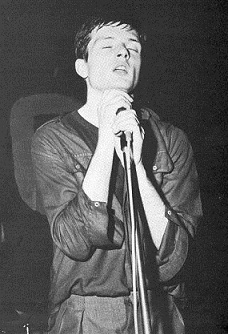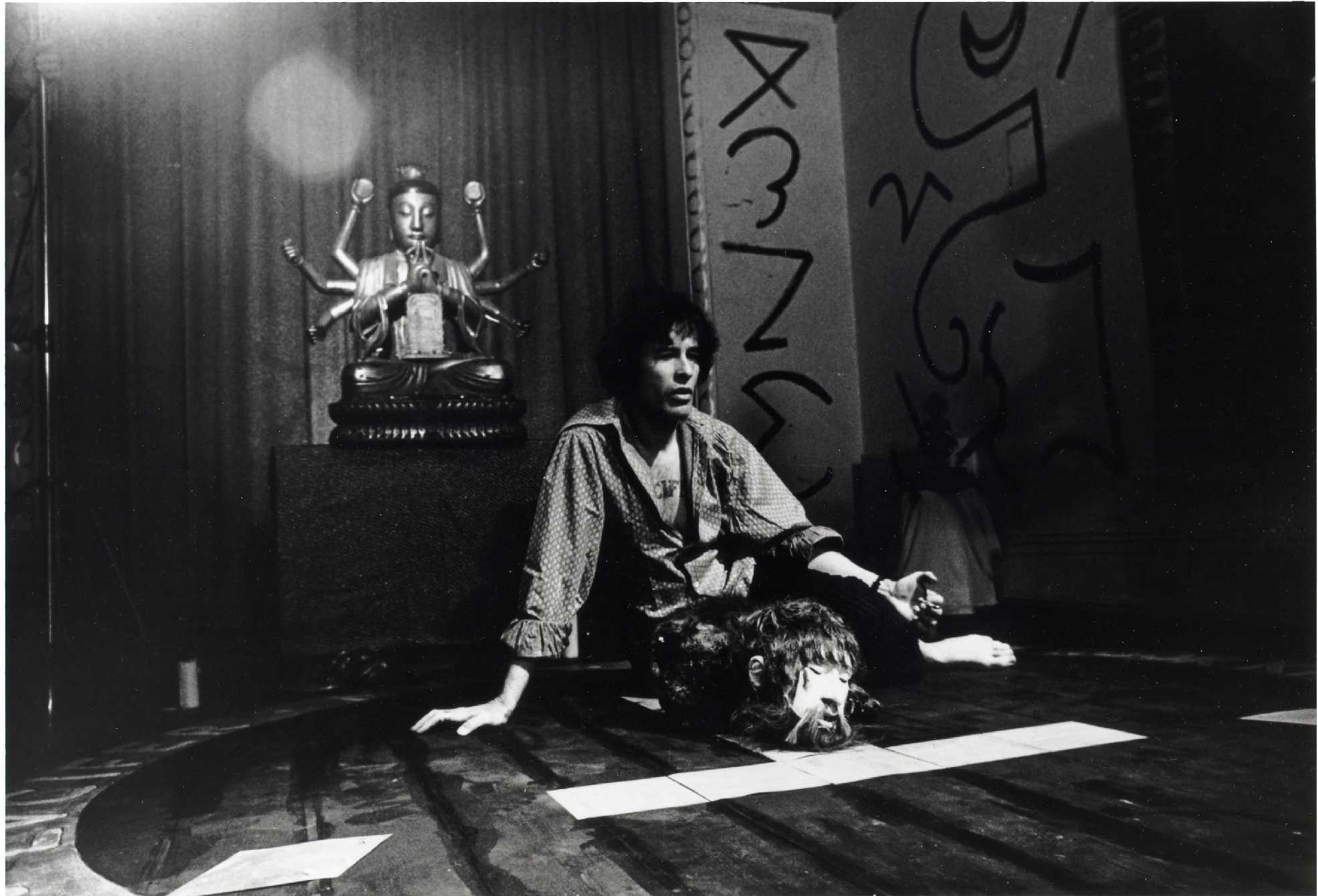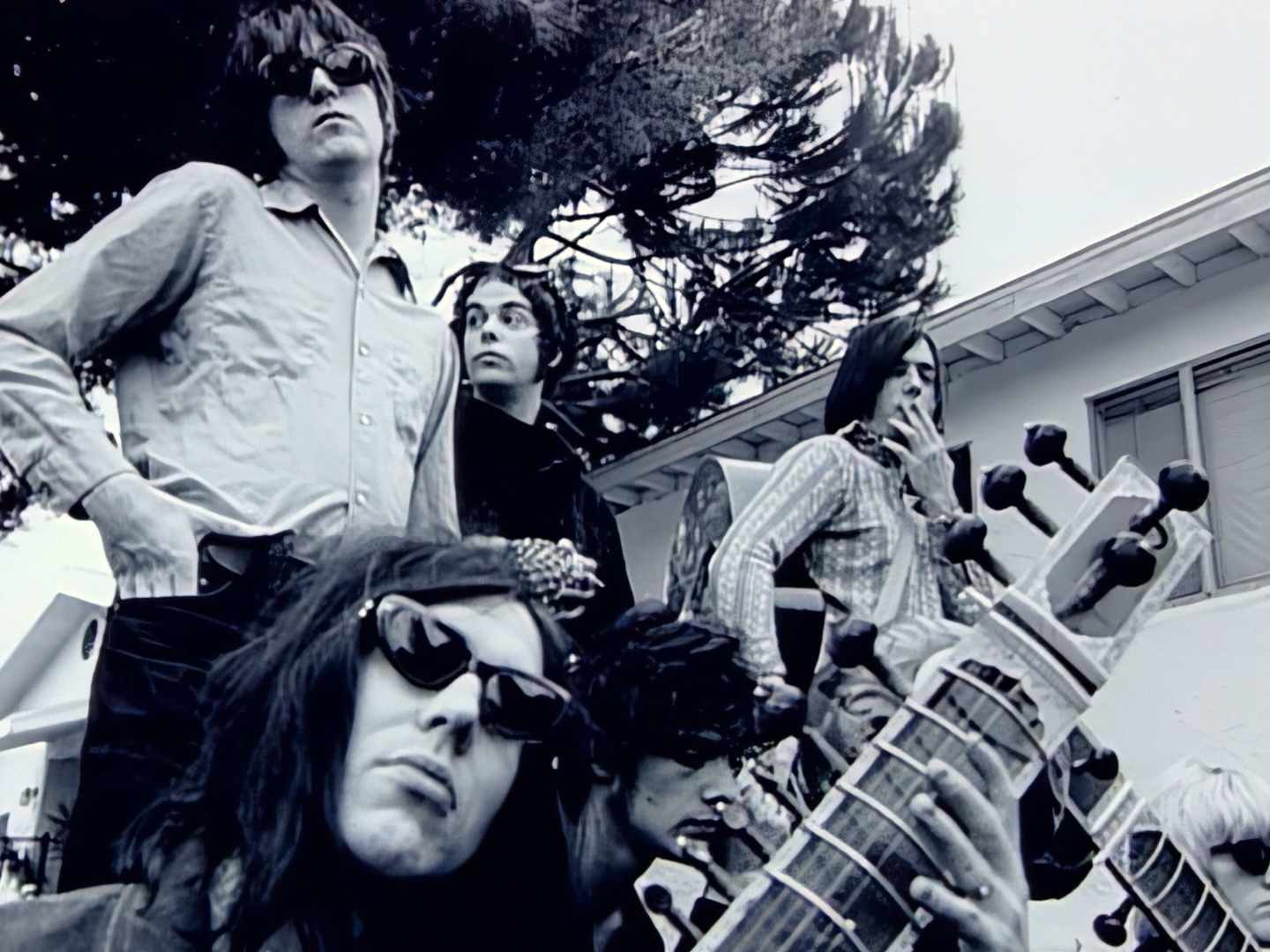Control stands apart from most music biopics because it refuses to turn Curtis into a simple icon or legend. Instead of building toward a triumphant performance or a tidy moral, the film lingers on the small spaces where Curtis’s life actually unfolded–small homes, rehearsal rooms, backstage hallways, and hospitals.
JOURNEYS THROUGH THE PAST: TWO BY ONDI TIMONER

Ondi Timoner has a singular talent for capturing lighting in a bottle. Her body of work is full of indelible portraits of figures who capture a moment in time, and often they are characters that no one else would have thought to follow, or could endure following.
Portrait of Director, Ondi Timoner
In the face of death—whether actual death, the death of rock n’ roll dreams, or the death of a neighborhood’s identity—Ondi Timoner is there with a camera, telling the story.
i
i think i know how i feel
cause i
i only play it for-real
you should be picking me up
instead you’re dragging me down
flying over my head
you’re landing all over town
“Anemone” by The Brian Jonestown Massacre
“Success is when the checks don’t bounce.” – Andy Warhol
Ondi Timoner has a singular talent for capturing lighting in a bottle. Her body of work is full of indelible portraits of figures who capture a moment in time, and often they are characters that no one else would have thought to follow, or could endure following. Her first and arguably most striking portrait was that of the rock musician Anton Newcombe of The Dandy Warhols, a difficult genius who defies expectations and rules over his friends and bandmates with an iron fist. The project began as a prospective television program for MTV, with Timoner following ten bands trying to “make it” in the music industry. In a 2009 interview, Ondi explains that she narrowed her focus down to the Brian Jones Massacre and the Dandy Warhols because, “I realized I could look at everything I wanted to explore about art and industry by looking at these two bands. So many other bands were looking at what the industry might want from them and then trying to be that, whereas both of these bands were just who they were. I thought the Dandys were more likely to get a ticket to ride through the industry than The Brian Jonestown Massacre, so the relationship and contrast between them was perfect. So, seven years later we have 1500 hours of footage and quite a tale to tell.” After meticulously editing down those 1500 hours of footage with her brother David, who also helped produce the film, Dig! was released in 2004, the crystallization of seven years spent following the two bands as they pursue rock n’ roll success, sometimes as friends and elsewhere as adversaries. The events captured in Dig! unfold around the end of the 1990s, in the last gasp before social media and YouTube changed everything about how people chase that particular dream – by the time the film came out and quickly achieved cult status, the moment it captured had already passed. Timoner had captured better than anyone the struggle and compromises of the rock n’ roll dream.
In Brian Jonestown Massacre frontman Anton Newcombe, Ondi found the madness and self-destructive tendencies of a true artist. Anton describes himself as a “psychic earthworm that takes negative things, puts them through my body, and then they come out and people interpret them” which is as perfect a description of what an artist does as anyone has ever come up with. “I’ll just say what I got to say. I’m here to destroy this fucked-up system. I will do it. That’s why I got the job.” That said, being a self-recognized genius and destroyer of fucked-up systems is a hard and lonely road, and the primary struggle of everyone else in Anton’s band is not get fired or beaten up by Anton. He is here to make perfect rock n’ roll according to his designs and rules, and it’s everyone else’s job to assist him in that or get out of the way. Not by choice, his bandmates are the most patient people in rock n’ roll.
Dig! is a perfectly imperfect document, something authentic that could only be made by someone with deep commitment and very little money, about other people who are in the same boat. It also has a kinetic energy, reinforced by her brother’s brilliant editing, that is seemingly only ever accomplished by inspired people in their twenties, who are out to prove something to the world. It is a diamond painstakingly crafted from coal. So, you will forgive me for being initially skeptical of the need for such a film to be augmented or reconceptualized in any way. Happily, my skepticism was unfounded. Timoner’s additions to her film two decades after its initial release (Dig! XX) are entirely justified, and add a much-appreciated new perspective provided by the Brian Jonestown Massacre’s Joel Gion.
As the tambourine player and most consistent member of The BJM, outside of Newcombe himself, Joel’s role is unique to say the least. The Brian Jonestown Massacre is Anton Newcombe, full-stop, albeit with significant contributions from collaborators like Matt Hollywood, Jeff Davies, Mara Keagle, and Miranda Lee Richards. But make no mistake: Anton is the visionary songwriter, producer, and visual artist that everyone else in his orbit must submit to if they are to claim membership in his band. Thus, the list of former band members is quite long, a product of numerous on-stage firings and brawls that Dig! XX chronicles, to our horror and delight. Throughout it all, Joel remains, a ray of sunshine that leavens the storm clouds of Anton’s genius and mercurial rage.
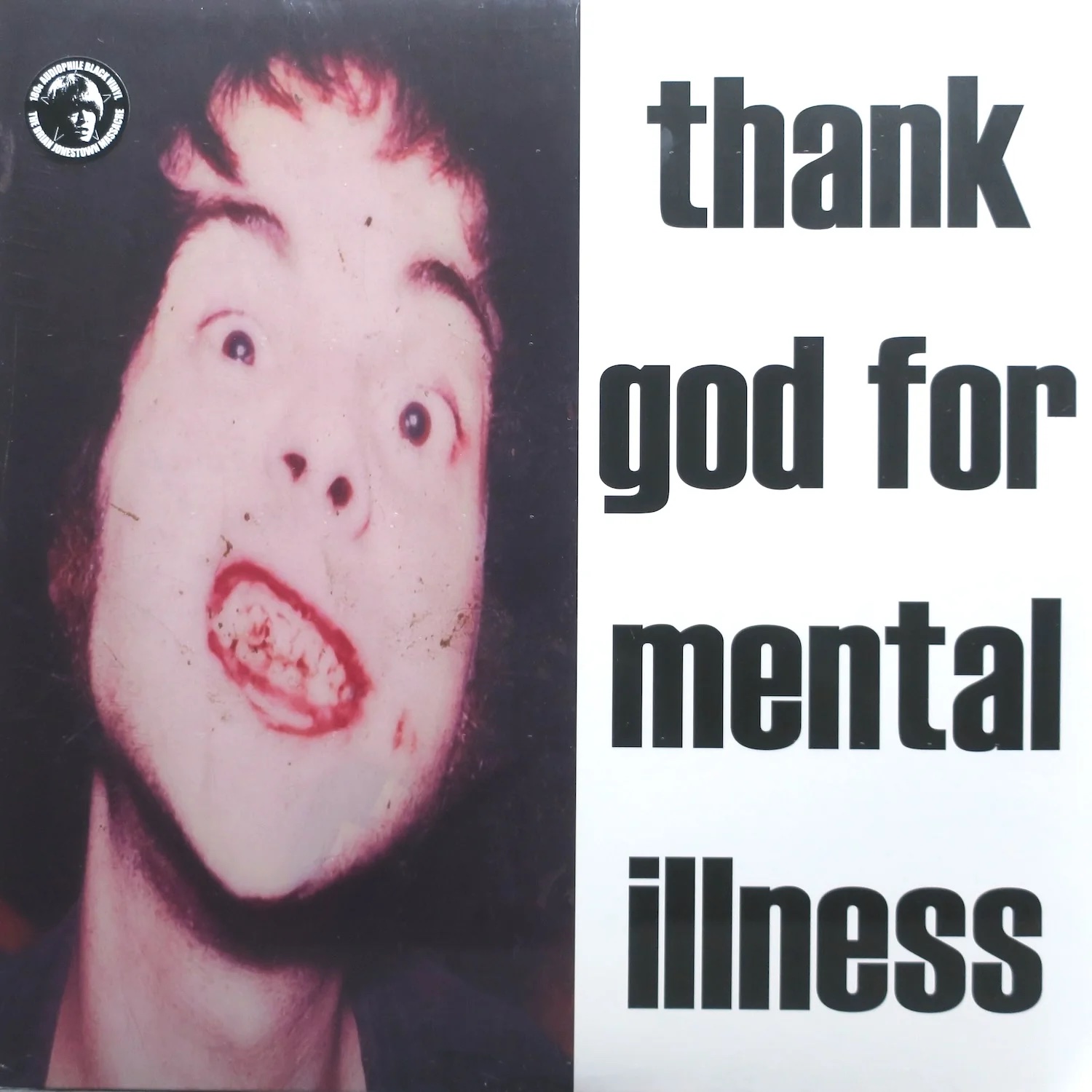
Image description: Michael Wadleigh, wearing a headband, filming the Woodstock festival. Martin Scorsese is second from the right, wearing headphones.
Image description: L.M. Kit Carson as David Holzman in David Holzman’s Diary.
Because Anton is so dark and tortured and volatile, Joel serves as a kind of mascot for the band, playing his tambourine front and center onstage, nonchalant with a vast grin. Part of the appeal of a Brian Jonestown Massacre gig is the prospect that things could go horribly wrong, mostly likely on account of Anton’s state of mind; but regardless of what goes down, Joel will be there with a grin on his face, defusing the seriousness of it all. Gion’s face is featured on the covers of several BJM albums, including 1996’s early and influential Thank God For Mental Illness. In a 2014 interview with The Guardian, Anton was asked whether he was debunking people’s perception of the mentally ill cult rocker with the album title, Newcombe responded, “No, it was about me. Because people–my mom, whoever–always said, ‘You’re insane.’ So it was a jab at that whole thing. I was like, ‘I’m insane? OK, well thank God for mental illness.’ It was a personal statement.” And yet, for this personal statement, Anton chose Joel’s face to grace the cover of the record. Because, let’s face it: this is a face that belongs on rock n’ roll records. The tambourine man is clearly the yin to Anton’s yang, and so Joel is the perfect voice to compliment, fact check, and provide additional context for Anton’s mad genius provocations and prophesies.
Joel also provides a balance that had been lacking in the original cut, which was narrated exclusively by The Dandy Warhols’ Courtney Taylor. Courtney and his band look and sound destined for a kind of 1990s MTV stardom that doesn’t really exist anymore. Modelesque and confident to a degree that is actually off-putting, The Dandys are consummate professionals, diligently striving to come up with hits and make a career out of their music. They may not be the next Nirvana, but they do manage to land a major label deal and make it big in Europe, which seemingly put them ahead their peers, who fitfully tour America in a series of vans and wind up sleeping on motel floors. Anton and his band serve as a kind of benchmark for the Dandys; they don’t dispute that Anton might be the bigger musical genius, but they also take pride in the fact that they are succeeding where the Anton and his crew are floundering.
At times, the effect is that of an anthropological study of a band of dysfunctional degenerates (The BJM) being performed by a band of functional professionals (The Dandys). Joel’s narration is a corrective, but also functions as a kind of commentary track, riffing on peripheral characters who pass through the BJM’s orbit only briefly, unable to hang with Anton’s chaos. “He won’t last the night,” he jokes at one point, referring to a fresh-faced college kid who served as their manager for the infamous performance at the Viper Room, where the group devolved into a brawl onstage and blew their shot at a million-dollar record deal. For twenty years, Dig! has asked whether we prefer our artists successful and happy, or tortured and struggling. Anton falls squarely into the latter category.
Joel has seemingly been waiting twenty years to clap back at Taylor’s quips from the original cut, making a meal out of Taylor’s boast of The Dandys being “the most well-adjusted band in the world”. “Must be nice,” quips Joel. But this is rock n’ roll after all, where well-adjusted people are rarely legendary.
For twenty years, Dig! has asked whether we prefer our artists successful and happy, or tortured and struggling. Anton falls squarely into the latter category.
The original cut of Dig! portrayed Courtney and Anton as rivals and friends, two creative men who craved or needed what the other had. Anton and his band presumably craved The Dandys’ success, their international tours and record deals and big budget music videos; Courtney admires Anton’s genius and authenticity, but keeps him at arm’s length. One the film’s most memorable scenes follows The Dandys as they descend on the BJM house in Los Angeles for an unannounced photoshoot, posing in the midst of an authentically squalid rock n’ roll scene that is undeniably cool, but also represents a state of existing that they would never sink to themselves. It’s a blatant act of psychic and artistic vampirism, and it sets off a rift between the two men that proves creatively fertile for both bands, recording and releasing dueling singles where they take jabs at each other.
Over the course of the film, each band seems to live up to their namesakes: The Dandys seem to be on a fast track to commercial success, a place “where the checks don’t bounce,” while Anton and his band come off as doomed, compulsively creating and soldiering on to play to tiny audiences, living out a kind of self-destructive failure that also reaffirms the integrity of Anton’s vision. The original cut of Dig! left the impression that Anton might not be long for this world; after a disastrous show in Hollywood that ends with him kicking a heckler in the face, he is hauled away in a police car, destined to spend the weekend in a jail cell. And yet, as we learn from Joel, Anton defied death and has thrived instead; The Brian Jonestown Massacre never stopped recording or touring, and are now bigger than ever. Anton and Joel abide, and they are playing at Pappy & Harriet’s on November 1st, mere hours after our Dig! XX screening in Joshua Tree.
Say goodbye to mom and dad
The two best friends i never had
To be knowing where i’m going
How about you?
Give them all my love so much
I promise that i’ll stay in touch
If i know where i am going
So will you
(And you too)
“The Devil May Care (Mom and Dad Don’t)” by The Brian Jonestown Massacre
_____________________
“Dying is the most embarrassing thing that can ever happen to you, because someone’s got to take care of all your details” – Andy Warhol
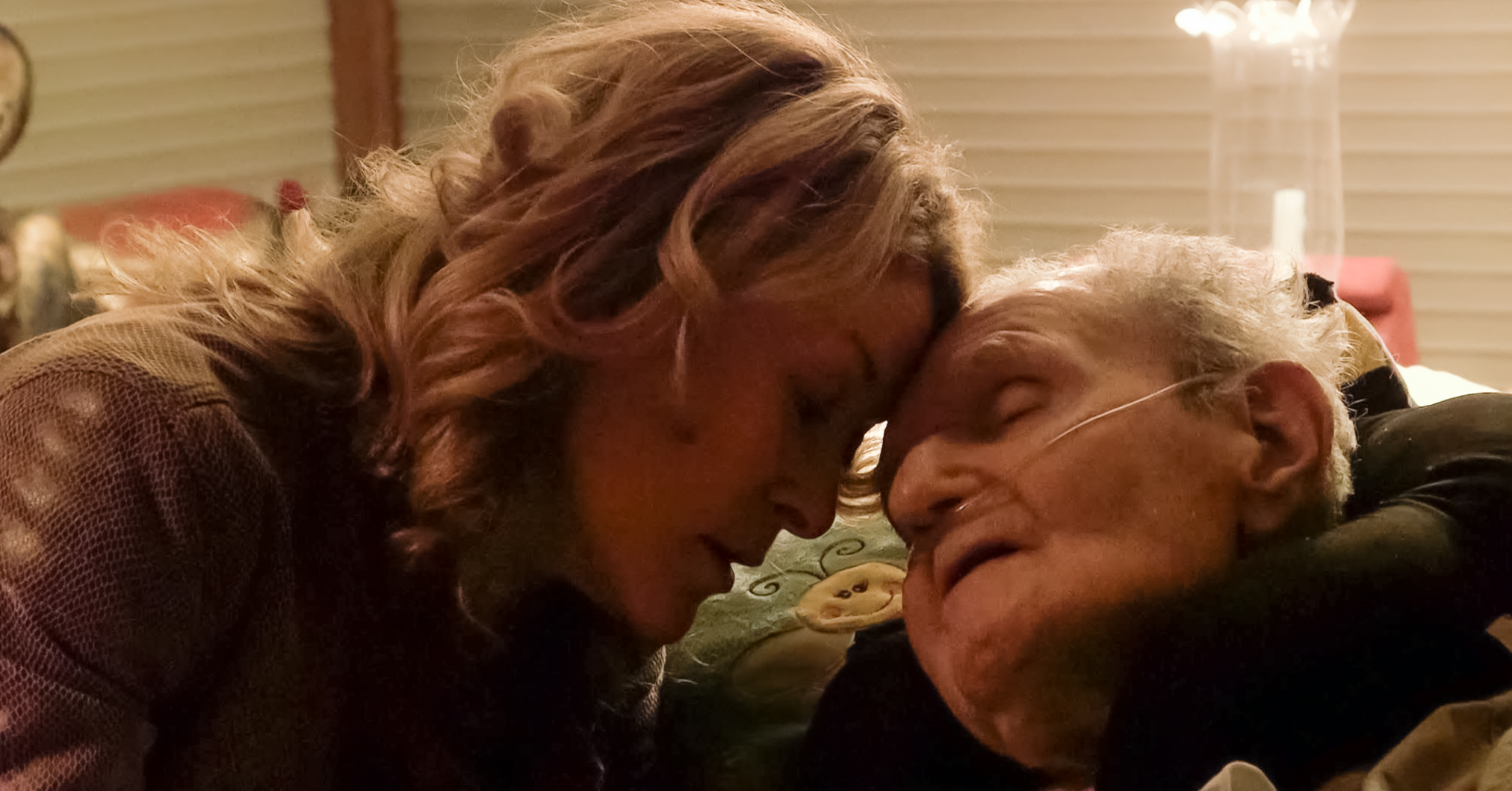
In the face of death – whether actual death, the death of rock n’ roll dreams, or the death of a neighborhood’s identity – Ondi Timoner is there with a camera, telling the story.
Playing on Sunday, November 2nd, are two more recent offerings, 2022’s Last Flight Home and 2025’s All the Walls Came Down.
In Last Flight Home, Timoner trains her camera on her family as her elderly and ailing father, Eli Timoner, makes arrangements to die. Last Flight Home began as a personal document, a home movie that grew and grew and finally demanded – Timoner’s word – to be edited and seen as a feature film. Eli’s family gathers around him as he prepares and undergoes this final journey, or flight; earlier in his life, he had been the CEO of a regional airline, where he made and lost a fortune. The loss still haunts him, and much of the work he must do before leaving involves shedding his feelings of shame and loss.
Helping Eli through this journey is his other daughter, Rachel Timoner, a rabbi at Brooklyn’s Congregation Beth Elohim. While Ondi, her brother David (who also produced and edited Dig!), their mother and their families pass through Eli’s orbit in his final weeks and days, it is Rachel’s work with her father to achieve closure at the end of his life that takes center stage. It is deeply moving and unprecedented; you truly have not seen a film that depicts this particular balancing act of caring for a dying parent as both a daughter and a rabbi. The filmmaker’s onscreen presence in Dig! is peripheral and fleeting, but here she is close to the center, managing the business of an Ondi Timoner production as well as allowing herself to be observed as Eli’s daughter. Last Flight Home mostly unfolds within her parents’ bungalow in Altadena, and was largely filmed by Timoner herself and her wife, the musician and composer Morgan Doctor, using small digital cameras. The intimacy and absence of a larger crew were also a response to the times: Eli Timoner made his decision to move on in 2020, at the height of the Covid-19 pandemic, which limited the number of people allowed to see him at a given time.
As much as Dig! XX, this more recent film is a poignant exercise in looking back and considering the highs and lows of a life: the hard decisions, the blown opportunities, the joys. It’s not all bleak, either. Eli maintains his humor and humanity to the end, with off-color jokes and an unflagging devotion to his favorite television personality, MSNBC’s Rachel Maddow. In addition to the legal and medical matters that must be dealt with at the end of a life, the importance of working out the narrative and what it all means is a primary concern for the Timoners. Supporting Eli in his decision turns into a family storytelling project, and a kind of celebration tinged with anticipatory grief. What does it look like if we defy expectations, and embrace the end with love and a smile? Eli clearly loves his family and is sad to part, but he’s also at peace with his decision and is as uncompromising in his choices as Anton is about his. The real struggle belongs to Eli’s wife, children, and grandchildren, who help see him through to the end.
Image description: A still from Last Flight Home
Eli’s work, like Anton’s, turns out to be making peace with the story of his life before releasing himself to the other side. Death may be an inevitability, but Eli’s choice to decide when and how he meets it is every bit as powerful as Anton’s defiance of the expectations that Dig! set up for him in 2004: that he would wind up behind bars, without a band, maybe even dead–a textbook case of terminal rock n’ roll genius. Anton failed to live up to the implications of naming his musical project The Brian Jonestown Massacre, and has thrived instead, against all odds.
Last Flight Home also appears to be the first entry in a cycle of home movies for Timoner. All God’s Children, her follow-up to Last Flight Home, was just released in September, and it follows Rachel Timoner in her capacity as a rabbi, working with Reverend Robert Waterman to build community between Congregation Beth Elohim in Brooklyn’s Park Slope neighborhood and nearby Antioch Baptist Church in Bed-Stuy. Seeking to address and heal decades of tension between Brooklyn’s Jewish and African American communities, congregants begin attending each other’s services and holidays. Inevitably, tensions emerge between the two groups and common ground is sought; there are no easy answers, and much hard work is performed in the name of overcoming differences and building community.
Image description: Santana performs “Soul Sacrifice” in Michael Wadley’s Woodstock: Three Days of Peace, Love & Music.
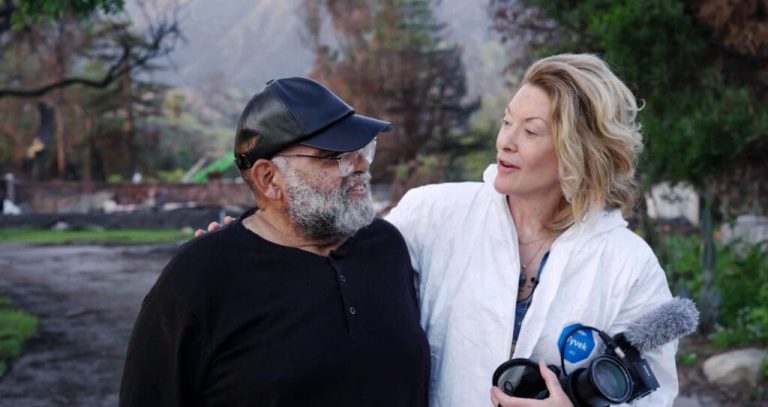
In Timoner’s most recent documentary, All The Walls Came Down, she turns the camera on herself once again after the devastating loss of her Altadena home in the 2025 Eaton Fire; she calls it the most important and personal film she has ever made. Both of these films consider what it means to be a community in the face of powerful forces such as gentrification, displacement and climate disaster, making these stories urgent and timely.
In the face of death – whether actual death, the death of rock n’ roll dreams, or the death of a neighborhood’s identity – Ondi Timoner is there with a camera, telling the story.
Inspired by Michael Wadleigh, I’ll leave you with words from Eliot’s The Waste Land…
MATTHEW CARON
Kenneth Anger considered cinema not as storytelling but as an act of Magick in the tradition of Aleister Crowley’s “art and science of causing change in accordance with one’s will.” The film is not meant to explain itself. Its creator believed that meaning, like ritual, is experiential; it is something the viewer feels, not interprets.
Ondi Timoner has a singular talent for capturing lighting in a bottle. Her body of work is full of indelible portraits of figures who capture a moment in time, and often they are characters that no one else would have thought to follow, or could endure following.
It’s a miracle that someone like Wadleigh wound up in charge of the massive enterprise of Woodstock, and it endures because it is the work of someone with a romantic poet’s sensibility, rather than Hollywood or Madison Avenue.
The Hi-Desert Cultural Center is proud to present a special screening of ENO, the first-ever generative documentary film in a one-night-only event featuring an introduction by Orian Williams, one of the revolutionary film’s producers.
Elvis, the award-winning 2022 musical spectacle by master showman Baz Luhrmann, remains fresh and vital in 2025. Looking back at the criticism of the film, high praise as well as dim dismissal, everyone seems to have undersold the theme of the artist as chattel in the entertainment industry, which has only become more urgent in the two years since.
No event found!


